The information on this website should not be considered medical advice.
This website contains affiliate links, and we may be compensated for referrals.
In the age of digital technology, learning a new language has never been easier. With a plethora of language learning apps and platforms available at our fingertips, the biggest challenge often lies in choosing the right one. Whether you’re a beginner looking to pick up a new language, an intermediate learner aiming to brush up your skills, or someone needing specific language proficiency for travel or work, there’s an app out there tailored to your needs. This article delves into some of the most popular and effective language learning apps and platforms, highlighting their approaches, strengths, and limitations to help you make an informed choice.
Duolingo
- Approach: Interactive, gamified lessons in bite-sized formats.
- Strengths: Wide range of languages, user-friendly interface, free access, and a fun learning environment.
- Limitations: Focuses more on vocabulary and basic grammar, less effective for advanced conversation skills.
- Best Suited For: Beginners, casual learners, and those who enjoy a playful approach to language learning.
Babbel
- Approach: Practical, conversation-driven lessons.
- Strengths: Focus on real-life dialogues, pronunciation practice, and cultural nuances.
- Limitations: Subscription-based with fewer languages available compared to Duolingo.
- Best Suited For: Beginners and intermediate learners who are serious about improving their conversational skills.
Rosetta Stone
- Approach: Immersive learning without translation.
- Strengths: Strong emphasis on pronunciation and listening skills, comprehensive language coverage.
- Limitations: Higher cost, less focus on grammar rules, and challenging for those who prefer traditional learning methods.
- Best Suited For: Learners who prefer a fully immersive approach and are willing to invest more in their language education.
Busuu
- Approach: Self-study combined with interactive practice with native speakers.
- Strengths: Real-world interaction, personalized study plans, and feedback from native speakers.
- Limitations: Requires a subscription for full access to features.
- Best Suited For: Those who want a blend of structured learning and real-life conversation practice.
Memrise
- Approach: Spaced repetition system and real-life language use.
- Strengths: Engaging content, focus on vocabulary and real-life usage, extensive use of audio and video clips.
- Limitations: Less comprehensive in grammar instruction, may not be ideal for advanced learners seeking in-depth language mastery.
- Best Suited For: Learners who want to expand their vocabulary and enjoy a more casual, engaging approach to language learning.
Pimsleur
- Approach: Audio-based learning focusing on speaking and comprehension through a call-and-response method.
- Strengths: Excellent for developing conversational skills and accurate pronunciation, convenient for on-the-go learning (e.g., during commutes).
- Limitations: Less emphasis on reading and writing skills; can be expensive compared to other apps; may not be as engaging for visual learners.
- Best Suited For: Learners who prefer auditory learning methods and want to develop strong verbal communication skills in their target language.
HelloTalk
- Approach: Language exchange with native speakers via text, voice, and video.
- Strengths: Real-world language practice, a large community of users, language exchange in a natural setting.
- Limitations: Quality of learning can vary depending on the language partners, less structured learning path.
- Best Suited For: Learners who want to practice real conversation and are comfortable with informal, peer-to-peer learning environments.
Tandem
- Approach: Mutual language learning through a global community of native speakers.
- Strengths: Direct interaction with native speakers, wide language selection, additional tutor services.
- Limitations: Learning experience depends on finding the right partners, less formal and structured.
- Best Suited For: Those looking for a cultural exchange experience and the opportunity to practice conversational skills with native speakers.
Coursera and edX
- Approach: Structured, academic courses, often with certification options.
- Strengths: High-quality, structured content, access to courses from top universities, possibility of certification.
- Limitations: Courses can be more time-intensive and less interactive compared to dedicated language apps.
- Best Suited For: Learners who prefer a structured, academic approach and are interested in certification or in-depth study of a language.
Anki
- Approach: Flashcard-based learning with a spaced repetition system.
- Strengths: Highly customizable, effective for memorization, great for vocabulary building.
- Limitations: Mainly focuses on memorization; does not provide a comprehensive language learning experience.
- Best Suited For: Learners who want to supplement their language study with effective vocabulary memorization.
Mango Languages
- Approach: Practical, conversation-driven learning with cultural insights.
- Strengths: Focus on everyday conversation, cultural nuances, and a wide range of languages.
- Limitations: May not be as in-depth for advanced grammar and vocabulary.
- Best Suited For: Learners interested in practical language skills for travel, work, or personal enrichment.
Italki
- Approach: Personalized one-on-one lessons with native speakers and professional tutors.
- Strengths: Customizable learning experience, direct interaction with experienced tutors, wide range of languages.
- Limitations: Cost varies by tutor; requires a commitment to scheduled lessons.
- Best Suited For: Learners seeking personalized guidance, specific language goals, or advanced language proficiency.
Teachable
- Approach: Varied, depending on the instructor’s style; can range from video lectures to interactive assignments.
- Strengths: Wide variety of courses offered by different instructors, potential for highly specialized language courses, opportunity for in-depth study on specific aspects of a language.
- Limitations: Quality and style of courses can vary greatly; less standardized compared to dedicated language learning apps; typically, not free.
- Best Suited For: Learners looking for specialized topics, advanced language skills, or a more academic approach to language learning. Also ideal for those who prefer the structure and content variety offered by individual educators.
Conclusion
The landscape of language learning apps is diverse and rich, offering options for every kind of learner. From immersive, audio-based methods to interactive, conversation-focused platforms, the digital age presents an array of tools to master a new language. While each app or platform has its unique approach and benefits, the key to successful language learning lies in finding the one that aligns best with your learning style, goals, and language preference. By combining the strengths of these various tools, learners can create a comprehensive and enjoyable language learning experience that transcends traditional boundaries.




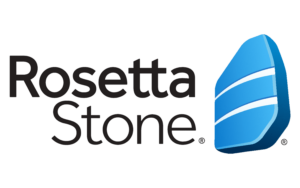

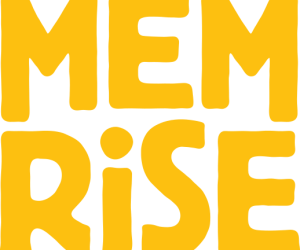




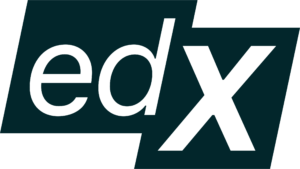

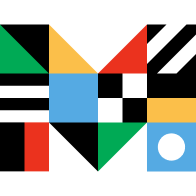
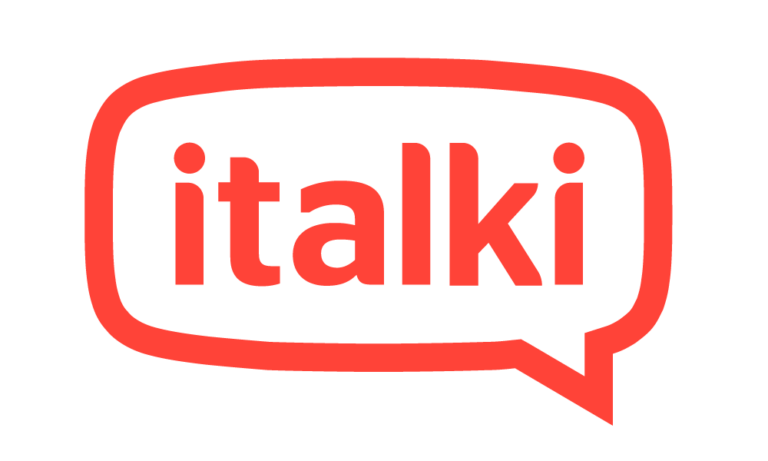


Facebook Comments